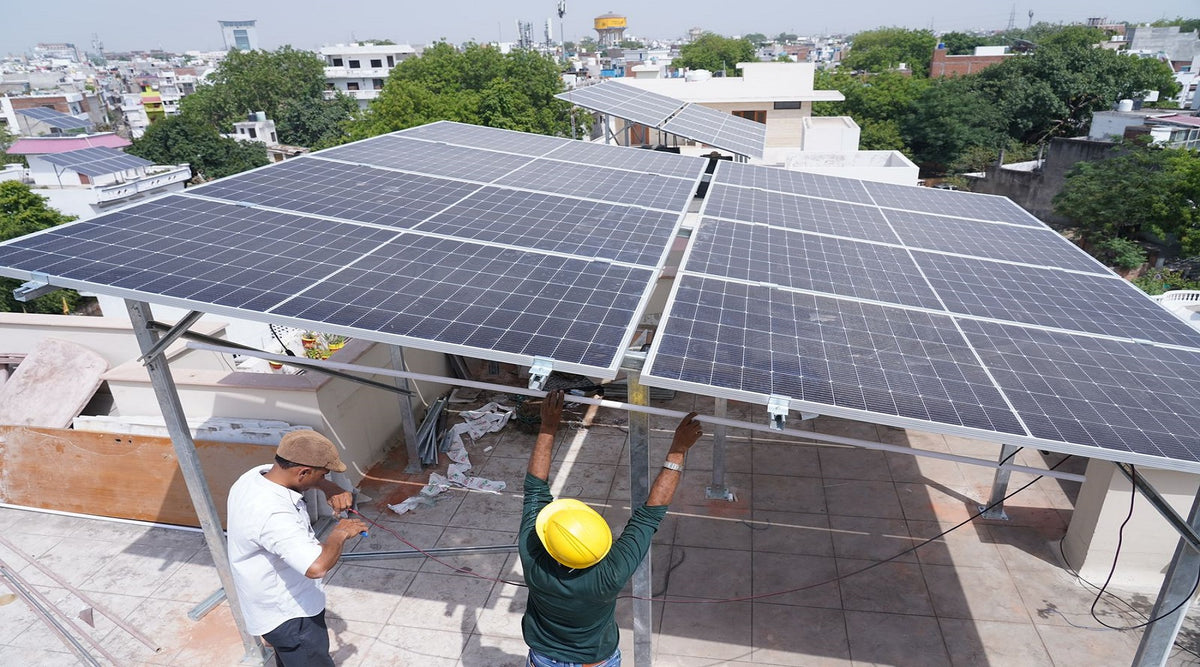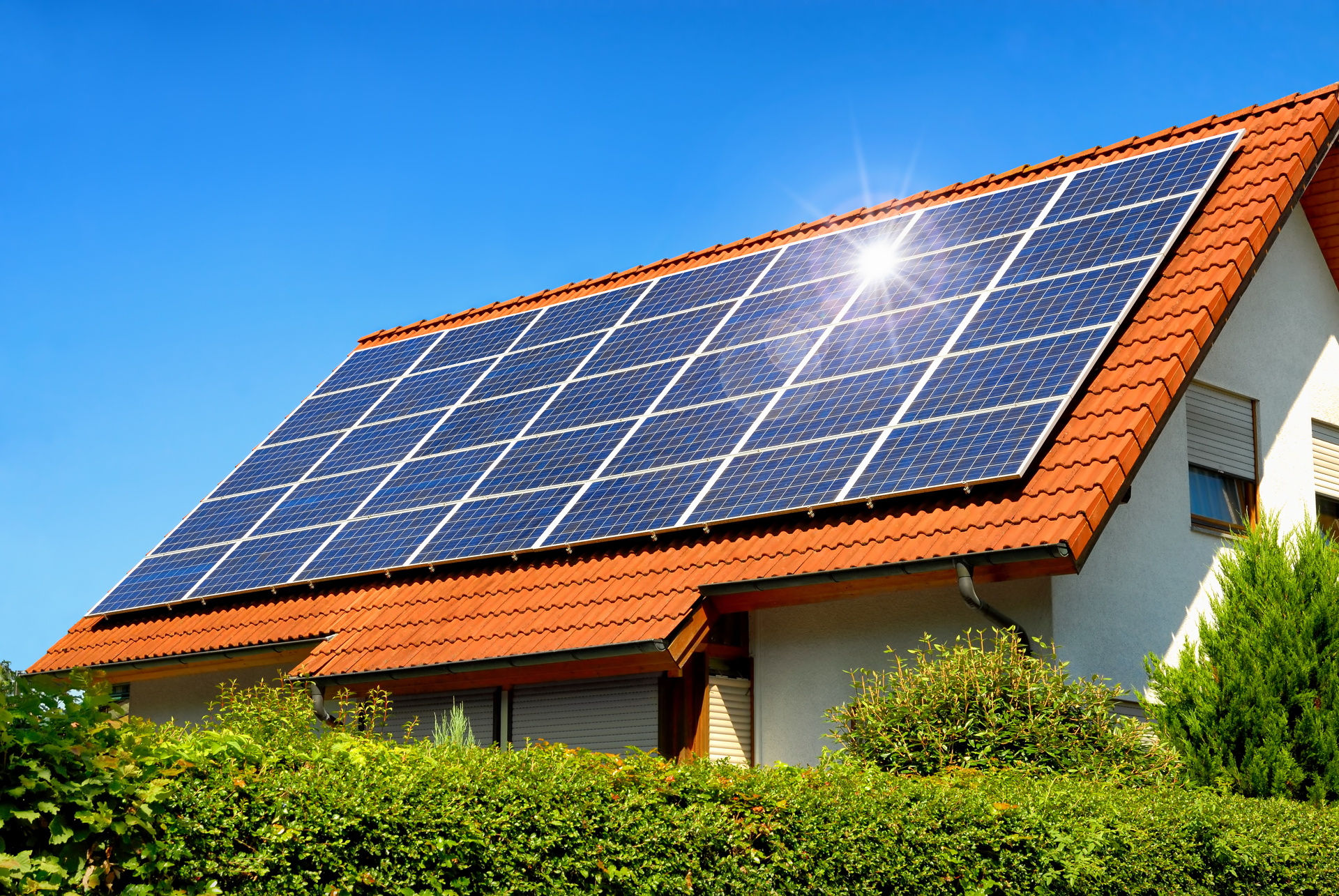Certified Solar Installers: Maintenance Tips After Solar Panel Installation
Certified Solar Installers: Maintenance Tips After Solar Panel Installation
Blog Article
Solar Rebates Professionals: Renewable Energy Systems Harness Sunshine To Generate Tidy Electrical Energy For Residences And Organizations
History and Advancement of Solar Panels
Have you ever stopped to wonder how an easy piece of technology turned sunlight into electrical energy? The journey of photovoltaic panels is nothing except a modern-day epic, woven with minutes of curiosity, innovation, and a dash of serendipity. It was back in 1839 when Edmond Becquerel, a young French physicist, noticed that particular materials produced small electric currents when exposed to light. This discovery planted the seed for what would ultimately become the photovoltaic revolution.
Early Turning Points in Solar Technology
- 1876: William Grylls Adams and his student Richard Evans Day demonstrated that selenium could create electrical energy from light, a precursor to modern solar batteries.
- 1954: Bell Laboratories revealed the very first useful silicon solar battery, which converted sunshine to electrical energy at about 6% effectiveness.
- 1960s: Photovoltaic panel discovered a specific niche in powering satellites, proving their worth in area expedition.
Isn't it interesting how something created for orbit ultimately discovered its method to roofs worldwide? The trajectory of photovoltaic panels from speculative interests to dependable energy sources mirrors the wider dance of human resourcefulness and environmental awareness.
Secret Developments That Shaped Solar Panels
| Year | Innovation | Impact |
|---|---|---|
| 1970s | Thin-film solar cells presented | Minimized product costs, increased versatility |
| 1980s | Improvements in silicon pureness | Enhanced performance and life expectancy |
| 2000s | Development of multi-junction cells | Enhanced energy conversion rates substantially |
Show for a minute: how did these incremental enhancements change the landscape of renewable energy? By continuously pushing boundaries, solar technology transformed from a specific niche innovation into a worldwide powerhouse. The effectiveness and cost of photovoltaic panels surged, igniting a wave of adoption that seemed impossible just a few decades before.
Personal Insight: A Sunlit Epiphany
I recall checking out a little rural village where the setup of solar panels sparked a profound change. Children studied under intense LED lights powered entirely by the sun. It struck me-- this technology didn't simply transform photons; it transformed hope into tangible development. Isn't that the supreme power of solar power?
In the grand tapestry of energy history, photovoltaic panels stand out as a beacon-- a testimony to human willpower and the relentless pursuit of cleaner, sustainable futures. From the curious experiments of 19th-century researchers to the smooth, effective varieties we see today, the story of photovoltaic panels reminds us that in some cases, the brightest concepts start with an easy ray of light.
Unveiling the Spectrum: Kinds Of Solar Panel Technologies
Ever questioned why some photovoltaic panels shine like glass while others look like dark, matte tiles? The secret lies deep in their technology. From crystalline silicon to thin films, solar panels been available in a variety of designs, each with its peculiarities and efficiencies.
Crystalline Silicon Panels: The Workhorse of Solar
Monocrystalline and polycrystalline panels control the landscape. Monocrystalline, made from a single silicon crystal, offers the greatest efficiency rates-- in some cases exceeding 22%. But this comes at a cost: their production procedure is energy-intensive. Polycrystalline panels, on the other hand, are made from multiple silicon fragments melted together. They sport a particular speckled blue color and generally fall a little behind in effectiveness, hovering around 15-17%. Yet, they typically cost less upfront.
Imagine setting up a monocrystalline variety on your roof; the smooth black panels soak up the sun's rays like a sponge. However what if your roofing's shape or shading isn't perfect? Polycrystalline panels might deal with partial shading better, a nuance typically neglected.
Thin-Film Solar Panels: Flexibility Satisfies Innovation
Thin-film technology departs from the bulky silicon wafers and instead layers photovoltaic material on substrates like glass, plastic, or metal. Cadmium telluride (CdTe) and copper indium gallium selenide (CIGS) are popular thin-film materials offering lightweight and flexible options.
- Thin-film panels tend to perform much better in low-light or high-temperature environments.
- They're less efficient total-- normally around 10-12%-- but their versatility can be a game-changer for non-traditional setups.
- Because they're lighter, they're sometimes chosen for rooftops not able to support heavy loads.
Emerging Technologies and the Roadway Ahead

Perovskite solar batteries, frequently hailed as the next big leap, have stirred enjoyment for their potential to reach effectiveness comparable to silicon panels but at a portion of the cost. Their longevity remains under scrutiny, comparable to a promising novel whose ending is still unwritten.
Have you ever faced the disappointment of your solar output dipping all of a sudden? Often, the culprit isn't dirt or shading but the panel's intrinsic action to temperature level changes. For instance, crystalline silicon panels tend to lose effectiveness as temperatures skyrocket, frequently by about 0.5% per degree Celsius above 25 ° C. Professional Tips for Picking the Right Innovation
- Examine your environment: Is your location vulnerable to high heat or frequent cloud cover? Thin-film panels may outshine silicon in these conditions.
- Consider installation restraints: Minimal roofing area? Monocrystalline panels load more power per square foot.
- Evaluate long-lasting toughness: Silicon panels have years of proven reliability, while new innovations like perovskite are still proving their guts.
- Consider aesthetics and integration: Some homeowners value the streamlined black appearance of monocrystalline panels, while others prefer the less obtrusive thin-film alternatives.
| Innovation | Normal Performance | Strengths | Considerations |
|---|---|---|---|
| Monocrystalline Silicon | 20-22% | High effectiveness, sleek appearance | Greater production energy, cost |
| Polycrystalline Silicon | 15-17% | Lower cost, easier manufacturing | Less effective, blue speckled look |
| Thin-Film (CdTe, CIGS) | 10-12% | Lightweight, versatile, good in shade | Lower performance, shorter life-span |
| Perovskite (Emerging) | 15-20% (lab scale) | Possibly low expense, high effectiveness | Stability and longevity issues |
Installation: The Unsung Hero of Solar Efficiency
Imagine planting a seed in rocky soil and anticipating a fruitful tree. That's what photovoltaic panel installation seems like when done without precision. The angle and orientation of your panels can make or break the energy harvest. Panels angled incorrectly may bask in sunshine, however they will not transform it effectively.
South-facing roofs typically take in the most sun in the northern hemisphere, however what about roofs that face east or west? Tilt changes can compensate, but not perfectly. The difference in between 15 degrees and 30 degrees tilt can easily equate into a 10-15% drop in annual output.
Pro idea: When setting up, avoid shadows cast by chimneys, trees, or perhaps neighboring buildings. Simply a little shadow on one cell can reduce the whole panel's output drastically. Keep in mind, solar cells resemble dominoes; if one falls, the rest follow.
Key Setup Aspects Impacting Efficiency
- Panel Orientation: South-facing is ideal in many regions but think about geographic specifics.
- Tilt Angle: Change seasonally or fix at the average optimal angle for your latitude.
- Shading: Even periodic shadows can trigger out of proportion energy loss.
- Roofing Product: Reflective surfaces can increase panel temperature levels, lowering efficiency.
- Ventilation: Panels carry out best when air circulates underneath, avoiding getting too hot.
Efficiency Factors: Beyond the Surface area
Heat is a tricky thief. High temperatures deteriorate photovoltaic effectiveness. Panels ranked at 25 ° C can lose 0.5% effectiveness per degree above that. In scorching summertimes, that theft adds up, making a shaded however cooler panel outshine a hotter, "completely lit" one.
Ever noticed how a newly set up array appears to hum with guarantee but gradually dips in output? Dust and grime do their part, but so does intrinsic deterioration. Panels lose about 0.5% to 1% effectiveness each year, a subtle decline that compounds silently.
Advanced Tips for Optimizing Effectiveness
- Microinverters: Use these to make sure that shading or breakdown in one panel does not drag down the whole system.
- Bypass Diodes: They help keep output by isolating shaded or damaged cells within a panel.
- Regular Tracking: Track output daily to catch dips brought on by unanticipated factors like bird droppings or particles.
- Optimize Electrical Wiring: Thicker cables minimize resistance loss, specifically in larger systems.

| Aspect | Influence on Effectiveness | Specialist Idea |
|---|---|---|
| Panel Temperature level | 0.5% effectiveness loss per ° C above 25 ° C | Set up panels with airflow beneath for cooling |
| Shading | Up to 80% output decrease from partial shading | Cut surrounding foliage routinely |
| Orientation & & Tilt | 10-15% yearly output variation | Change tilt seasonally if possible |
| Wiring Resistance | 2-5% energy loss in improperly sized cables | Usage properly gauged cables |
Ecological Effect and Benefits of Solar Panels
Have you ever paused to think about how the sunshine caught on your rooftop changes into tidy, sustainable energy!.?. !? Photovoltaic panel act like quiet guardians versus the ruthless march of carbon emissions, turning photons into power without a whisper of pollution. The environmental footprint of solar innovation is staggeringly lighter compared to nonrenewable fuel sources, but it's not without its complexities.
One typically neglected element is the life cycle analysis of solar panels-- from raw product extraction to end-of-life disposal. Mining for silicon and uncommon metals can stir environmental ripples, yet advances in recycling innovations guarantee to close the Home Energy Solar Panels loop better than ever previously. Picture a future where photovoltaic panel waste ends up being the raw product for the next generation of cells-- circular and sustainable.
Key Environmental Benefits
- Reduction in greenhouse gases: Photovoltaic panel produce absolutely no emissions during operation, considerably cutting the carbon footprint of electrical energy generation.
- Water conservation: Unlike traditional power plants, solar panels need very little water, reducing tension on water ecosystems.
- Air quality improvement: By displacing coal and gas plants, solar power minimizes harmful pollutants that add to smog and respiratory illnesses.
- Land use effectiveness: Integration of solar panels on roofs and city areas minimizes disruption to natural environments.
Unexpected Insights
Did you understand that the energy payback time for modern photovoltaic panels has diminished drastically? Early designs needed years to balance out the energy bought their manufacture. Today, some panels break even in under 2 years, a testimony to leaps in manufacturing efficiency. This suggests the ecological "cost" is repaid quicker, leaving years of tidy energy ahead.
Yet, determining the environmental compromise requires a nuanced eye. The usage of dangerous chemicals throughout production demands stringent controls-- overlooked in popular stories however essential to sustainable release. What if we harnessed bioplastics or organic photovoltaics to soften this impact further? The horizon is broad open for development.
Tips for Making The Most Of Environmental Benefits
- Choose panels with high-efficiency ratings to create more power per square meter, decreasing material use.
- Consider the placement and angle carefully-- shadowing and dirt accumulation can quietly erode environmental gains by reducing output.
- Engage with accredited recyclers who concentrate on solar elements to ensure accountable end-of-life handling.
- Track and optimize your system's performance with clever tracking tools to catch dips in effectiveness early.
| Environmental Factor | Solar Panels | Coal Power Plants |
|---|---|---|
|
CO. 2Emissions. |
Near zero operational emissions | High emissions per kWh generated |
| Water Usage | Minimal water use | Considerable water intake for cooling |
| Land Effect | Low, especially on roofs | High, frequently needing mining and waste disposal |
| Waste Generation | Recyclable elements increasing | Harmful by-products needing disposal |